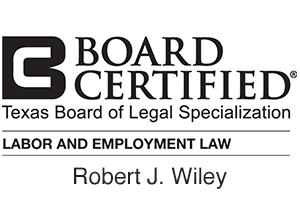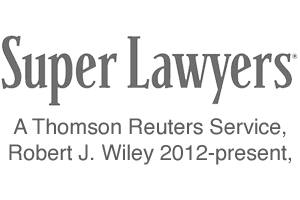in Austin, Texas
Constructive Discharge
What Does “Constructive Discharge” Mean?
In many cases, employees who face discrimination or retaliation at work are formally reassigned or fired. Sometimes, though, conditions are so bad that no reasonable employee would be able to continue working for that employer, and the employee quits. Ordinarily, voluntarily leaving a job would prevent that worker from successfully proving a claim for discrimination or retaliation in most cases. However, if the employment environment becomes so toxic and unbearable that an employee feels that they have no choice but to resign, then the employee may have suffered a constructive discharge. Constructive discharge does not affect an employee’s ability to win damages in a lawsuit—unlike voluntary separation, it counts as an adverse action for the purpose of employment lawsuits and whistleblower claims. The Austin employment lawyers at Austin Employment Lawyers, P.C. can advise you in these situations.
Examples of Actions Leading to Constructive Discharge
The standard for proving a constructive discharge is to show that the environment in the workplace was so intolerable that any reasonable person employed in the plaintiff’s position would have been compelled to quit. When determining whether or not an employee was constructively discharged, courts often consider whether the employee was demoted or reassigned, whether their job responsibilities were reduced, or whether their salary was reduced. Reassignment to a position underneath a younger supervisor or to degrading work can also cause constructive discharge, as can an offer of early retirement or continued employment on less favorable terms. Any of these factors can serve as proof of a constructive discharge, either alone (in certain circumstances) or in combination. The standard may also be met if an employee is given an ultimatum to quit or be fired—when an employee chooses to quit in this situation they are viewed as having left the job involuntarily.
Meeting the Constructive Discharge Standard
Simply showing that a hostile environment existed in the workplace is not enough to prove constructive discharge. Instead, employees seeking to prove constructive discharge are required to show that they were subjected to particularly severe or pervasive harassment above the existing hostile environment standard. Even when constructive discharge is subtler, it requires conditions that would cause any reasonable employee to resign. For example, a management-level employee who is subjected to significant slurs and abuse about their national origin from new management, and is then demoted to a career-ending position, would likely be considered to have been constructively discharged if that person quits. Likewise, it is not considered sufficient to show that you have suffered discrimination in the workplace. The discrimination must be so severe, and so incompatible with a successful workplace, that anyone would have to quit. It is important to note that you do not have to prove that your employer intended to force you to quit, only that the situation was severe enough that it created that effect.
When and How to Take Action
Constructive discharge is an important and valuable standard, because it allows employees in truly horrible situations to quit their job and still retain the ability to win damages or compensation. However, it is also an extremely difficult standard to meet, and we strongly recommend that you meet with an attorney before choosing to quit a job where your rights have been violated. Unless you have been given an ultimatum to quit or be fired, there is a strong chance that your situation will not meet the standard for constructive discharge, and in that situation leaving your job would also mean giving up your ability to pursue employment-related claims against your former employer.
If you believe that your employer has treated you poorly enough that you have no choice but to quit your job, or you believe that you have been constructively discharged, you should contact one of the Austin employment lawyers at Austin Employment Lawyers, P.C. We may be able to advise you on the strength of your case and the best way to assert your rights. You can get in touch with us by filling out our intake form or calling our office at (512) 271-5527.







